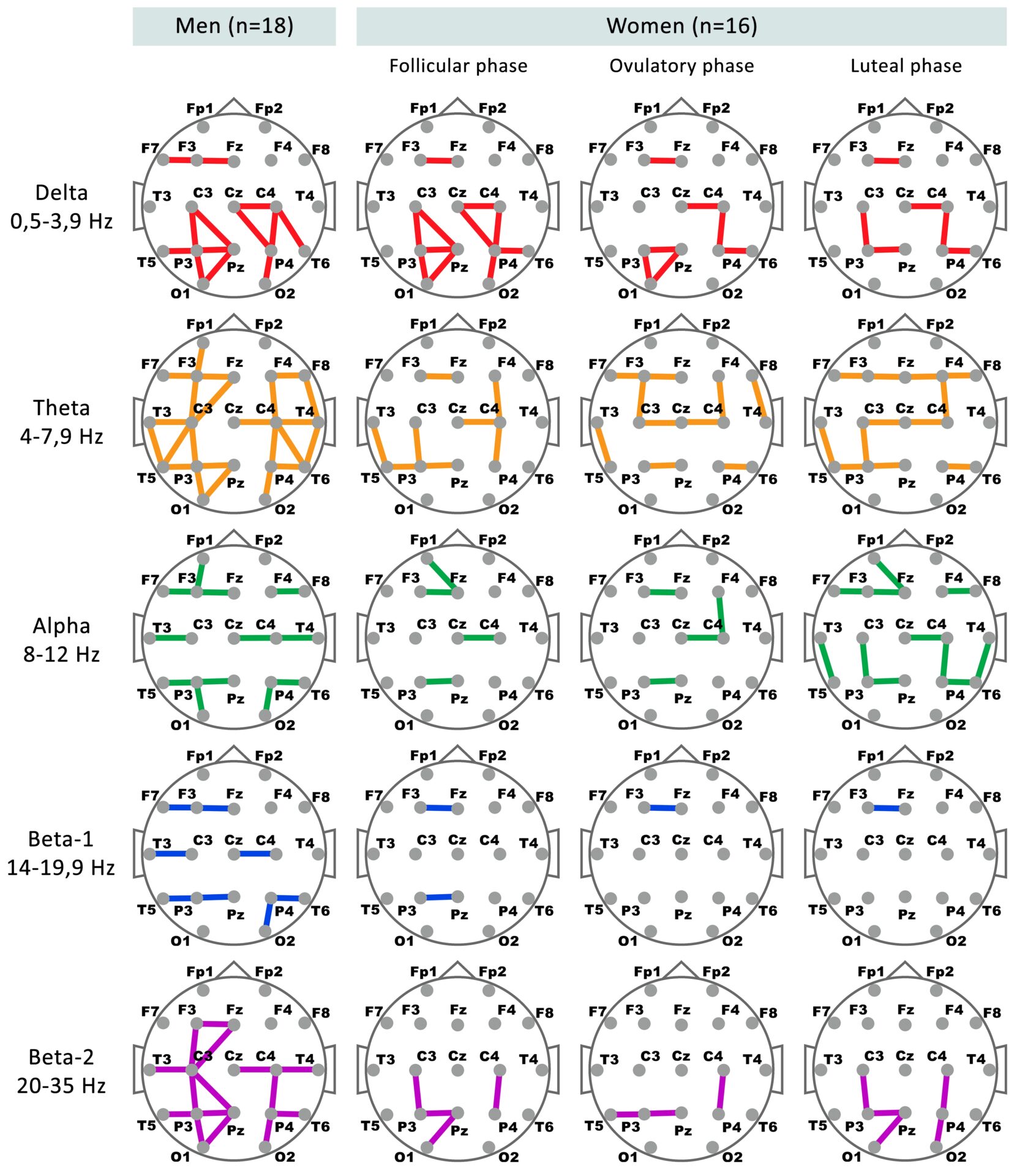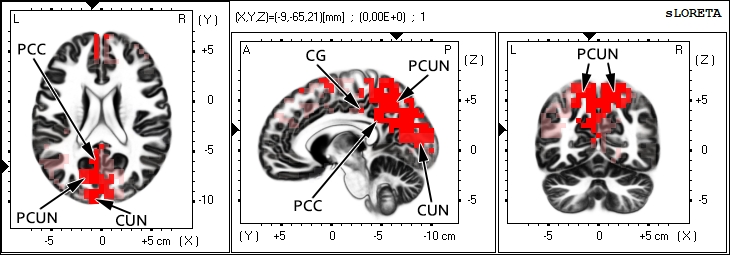It is well known phenomenon in psychology that men and women usually make decision/choice using different mind strategies. The existence of such phenomenon is obvious due to different ratio of determinant sex steroids that cause very powerful impact on brain development and functioning. However, the neurobiological aspects of men’s and women’s decision making strategies are still ambiguous and require more data. The knowledge of sex differences of brain activity potentially could provide better rehabilitation for men and women with various brain injuries. Decision making implies execution of basic cognitive processes which are based on choice reaction. Thereby, visual choice reaction task with 2 simple stimuli was used in this study. The aim of the study was to investigate whether there are any differences in brain activity and choice reaction time between male and female subjects during choice reaction task performance. The study involved 18 male volunteers, right-handed, 21,4±0,97 y.o., and 16 female volunteers, right-handed, 19,6±0,96 y.o.. All participants were students of Taras Shevchenko National University of Kyiv and have no health complaints, reported brain injuries or psychiatric disorders. Each woman underwent testing procedure three times: in follicular, ovulatory and luteal phases of menstrual cycle. Phase of menstrual cycle was identified by calendar method and method of saliva crystallization. In the study choice reaction time (CRT) of motor responses made by right (rhCRT) and left hands (lhCRT) were detected. Mean CRT was evaluated too. CRT data is presented below as Median [Lower Quartile (25%); Upper Quartile (75%)]. EEG was recorded during choice reaction task performance. EEG was done with 19 leads placed on the scalp according to the International 10-20 System. Localization and statistical analysis of 3D distribution of the EEG dipoles were performed applying the LORETA KEY software package v.20201109 [1,2]. Coherence analysis was performed for all possible coupled pairs of leads in delta (0,5-3,9 Hz), theta (4-7,9 Hz), alpha (8-12 Hz), beta-1 (14-19,9 Hz) and beta-2 (19-35 Hz) bands applying the Neuron-Spectrum software. Significant level of coherence value was established equal or greater than 0,7 [3]. Compared to men women in follicular phase had larger mean CRT (402 [392; 429] ms vs. 434 [409; 493] ms (p=0,023)) and lhCRT (406 [389; 421] ms vs. 436 [420; 491] ms (p=0,007)). Women in ovulatory phase also had larger lhCRT than men (429 [412; 456] ms vs. 406 [389; 421] ms (p= 0,042)). Furthermore, women in ovulatory phase demonstrated greater lhCTR compared to their rhCRT (429 [412; 456] ms vs. 418 [384; 446] ms (p= 0,039)).There was no difference between men and luteal women in their CRTs. The only significant difference in EEG dipoles distribution was found between women in follicular and ovulatory phases. In comparison with follicular phase women in ovulatory phase demonstrated greater activation of parietal and occipital cortical zones within left hemisphere: cingulate gyrus (BA31), cuneus (BA 18, 19), posterior cingulate gyrus (BA 23) and precuneus (BA 7).
Physiology 2021 (2021) Proc Physiol Soc 48, OC81
Oral Communications: Brain activity of men and women during simple visual Choice Reaction task
Veronika Vozniuk1, Mykola Makarchuk1
1 Educational Scientific Center "Institute of Biology and Medicine" of Taras Shevchenko National University of Kyiv, Kyiv, Ukraine
View other abstracts by:
Where applicable, experiments conform with Society ethical requirements.


